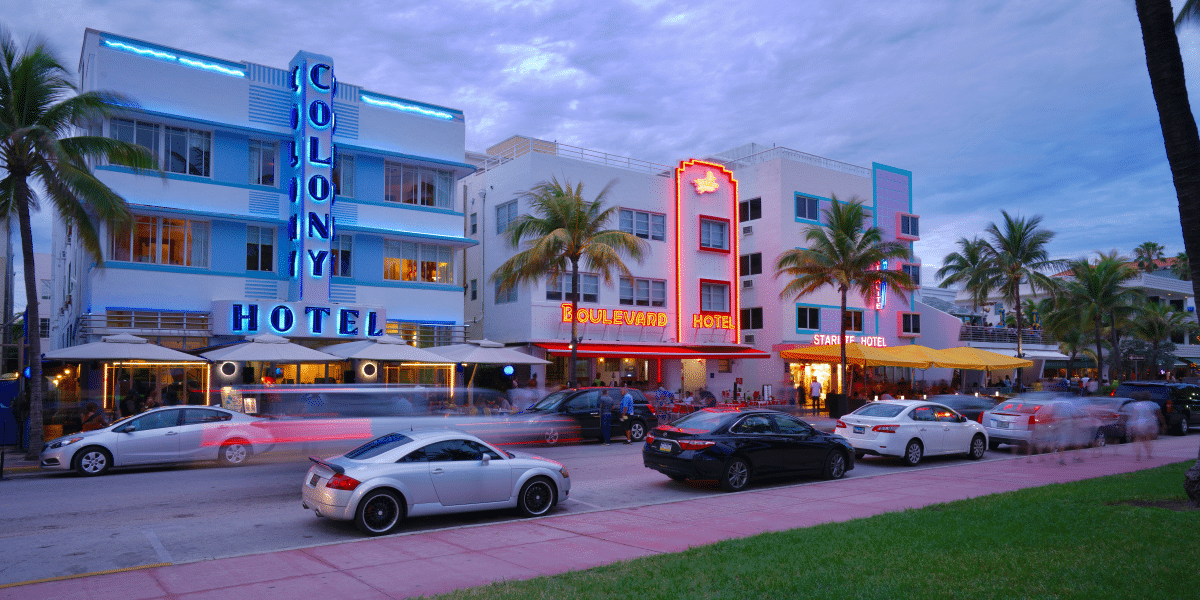From eye-popping murals and the rhythms of compas music to the savory aromas of Creole cuisine, Little Haiti offers a vibrant immersion into Haitian culture and its lasting impact on Miami.
MIAMI, Florida – The air thrums with the infectious beat of Haitian compas music. Buildings explode with color, their walls adorned with murals celebrating Haitian heroes and cultural icons. The scent of griot (fried pork) and pikliz (spicy slaw) mingles with the sweet notes of freshly brewed Creole coffee. This is Little Haiti, a dynamic slice of the Caribbean within Miami’s diverse landscape.
Little Haiti’s origins are rooted in both hardship and resilience. Haitians, fleeing decades of political and economic turmoil, found a foothold in this Miami neighborhood starting in the 1980s. The area formally gained its “Little Haiti” designation in the 2000s, recognizing its significant Haitian community. Despite challenges like gentrification, the neighborhood remains a testament to the perseverance of the Haitian diaspora.
Art as Expression: The Power of Murals
Little Haiti is a canvas of captivating street art. Murals depict Haitian history, from figures of the Haitian Revolution to portraits of contemporary artists and community leaders. Themes of Haitian folklore, vibrant market scenes, and calls for social justice underscore the power of public art in preserving cultural identity. These eye-catching murals have become a draw for visitors, boosting the neighborhood’s visibility and vibrancy.
Flavors of Haiti: A Culinary Exploration
Haitian food is an essential part of the Little Haiti experience. Sample staples like griot (twice-fried pork), diri kole ak pwa (rice and beans), and bannann peze (fried plantains) at family-owned restaurants. Pikliz, a fiery pickled condiment, adds a burst of heat and tang to many dishes. Discover Haitian patties filled with savory goodness and seek out markets for tropical produce and Caribbean spices. Strong, sweet Haitian coffee provides the perfect end to a meal or a pick-me-up during a day of exploring.
The Pulse of Little Haiti: Music and Community
Music is the heartbeat of Little Haiti. Compas, with its infectious rhythms and Creole lyrics, fills the air at clubs and community events. Mizik Rasin, traditional roots music with its blend of African and Caribbean influences, carries messages of social justice and Haitian heritage. Younger generations of Haitian-American artists are putting their own spin on traditional sounds, creating exciting fusions with hip-hop and electronic music.
Little Haiti serves as a gathering place for Miami’s Haitian community, hosting cultural festivals and offering essential social services. It’s also a center for Haitian activism, with residents advocating on issues impacting both Haiti and their diaspora community. The neighborhood has undeniably enriched Miami’s mosaic, expanding its culinary scene, artistic expression, and understanding of the Caribbean experience.
Challenges and Preservation
Like many urban neighborhoods, Little Haiti faces pressures such as rising costs that threaten to displace long-time residents and businesses. The challenge lies in balancing progress with preserving the neighborhood’s unique character.
Whether drawn by the artwork, the enticing cuisine, or the vibrant energy, Little Haiti offers a unique opportunity to experience the Haitian spirit in the heart of Miami. More than just a tourist destination, it’s a testament to the enduring power of immigrants to shape the cities they call home.









